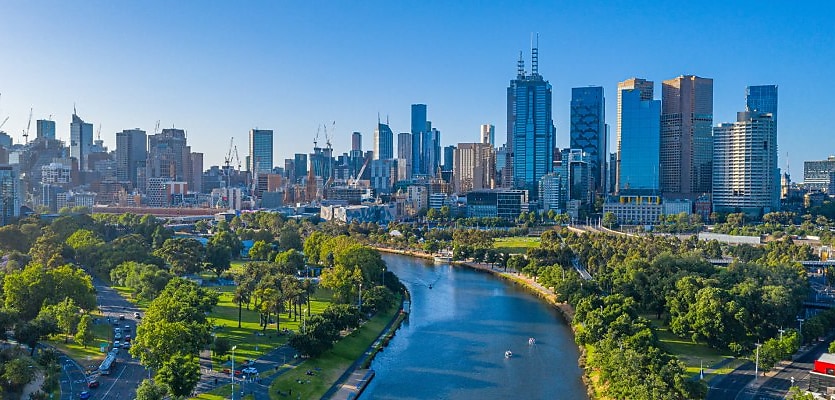A state election rounded out the Victorian capital’s first non-COVID-19-disrupted year since 2019; however, the city’s housing market remained active year-round.
Despite a poor finish to 2021 culminating in the city recording its first monthly rate of decline since October 2020 during December, Melbourne’s property market began 2022 strongly, charging to its peak in February — when median dwelling values sat just above $800,000.
However, March would see the city’s rate of price decline begin with a 0.1 per cent decrease.
April brought with it the first Reserve Bank of Australia (RBA) cash rate increase of the year as inflation hit 5.1 per cent, lifting it from the record low of 0.1 to 0.35 per cent. One month later, CoreLogic’s May HVI revealed Melbourne’s dwelling prices fell 0.7 per cent as part of what PropTrack described as the swiftest rate of decline in 33 years.
Outlining the conditions facilitating the market decline, CoreLogic research director Tim Lawless said at the time that cash rate increases were “only one factor causing growth in house prices to slow or reverse”, adding that “we are also seeing inflation and a higher cost of debt flowing through to less housing demand”.
The new financial year brought comparisons between Australia’s market downturn and 2008’s global financial crisis as Melbourne values decreased 1.5 per cent. Fast forward to November, CoreLogic reported the rate of decline in the Victorian capital had nearly halved from July to 0.8 per cent as part of a national trend of slowing value decreases, taking dwelling prices to $759,495.
Median unit values in Australia’s second-largest city, which were $630,671 in April, ended November at $597,533 as a result of a 3.1 per cent annual value decline.
On the rental front, Melbourne, much like the rest of the nation, spent much of the year in the grips of a crisis. CoreLogic’s Quarterly Rental Review for the third quarter of the year revealed nationwide vacancy rates hit record lows during the three months to September, resulting in a vacancy rate of 1.2 per cent in the Victorian capital.
This, however, was not enough to sway the city from its position as the country’s most affordable city, with a weekly median rent of $495, despite respective increases of 2.3 per cent quarterly and 8.6 per cent annually.
According to further CoreLogic research, Melbourne led the charge for annual unit rent increases (13.6 per cent).
A primary factor driving Melbourne vacancy rates from the 3.3 per cent they were 12 months ago to current levels, and consequently forcing rents the other way, has been stalled housing supply.
A PropTrack report published at the beginning of November found housing supply Australia-wide to be at its lowest point in nearly two decades, with the number of properties listed for rent declining 20.5 per cent in the past 12 months.
Much remains to be seen around the future of house and unit prices in Sydney as the year draws out and 2023 begins; however, much will be dependent on the RBA’s cash rate trajectory.







You are not authorised to post comments.
Comments will undergo moderation before they get published.